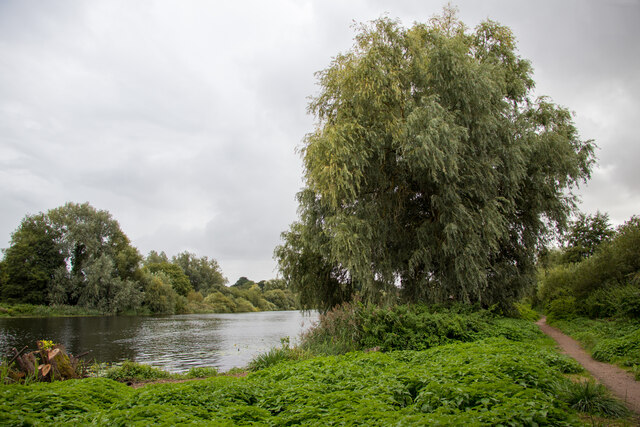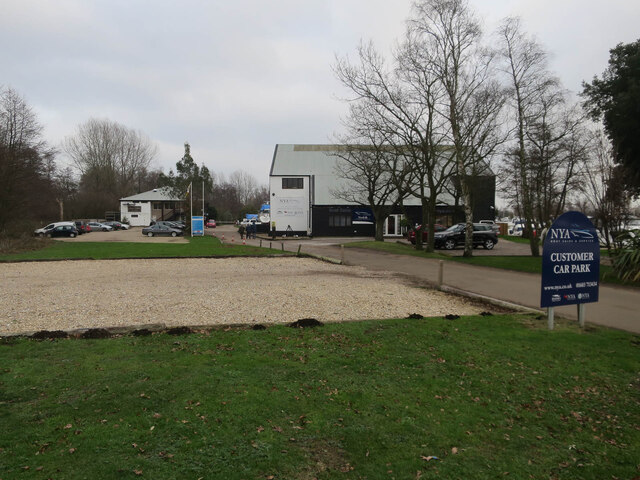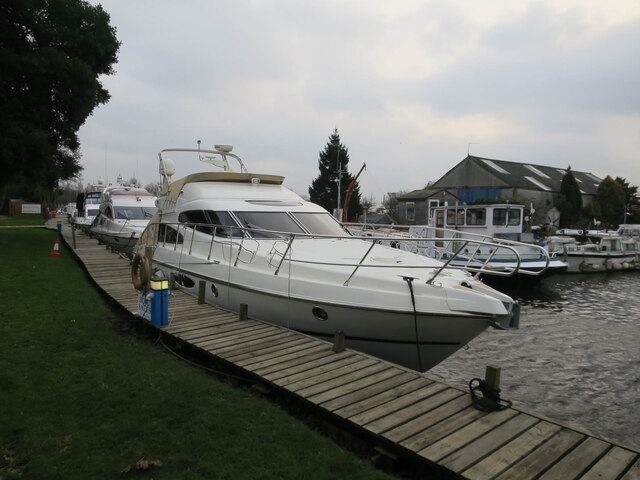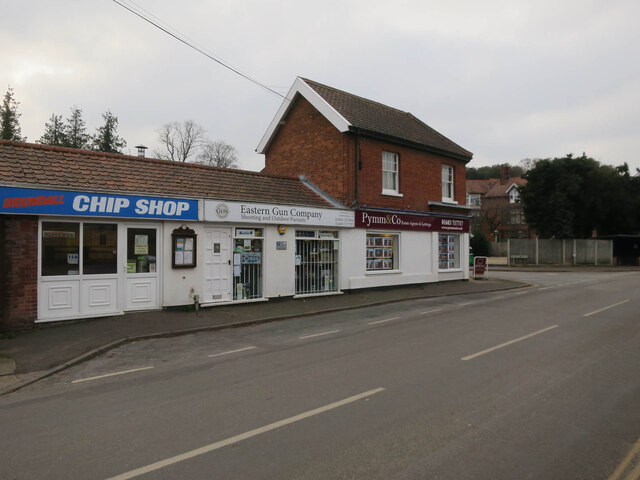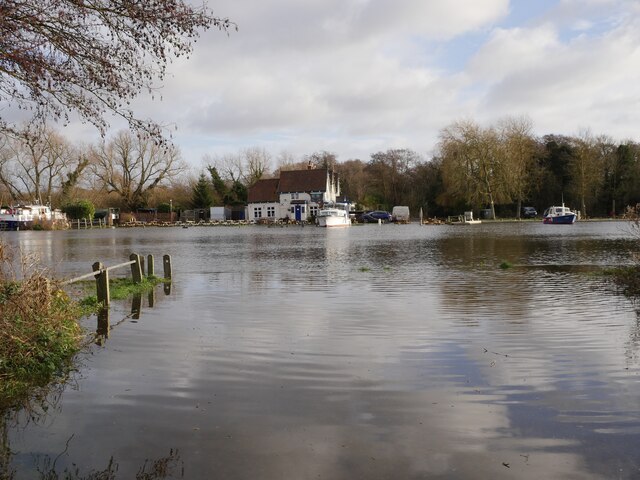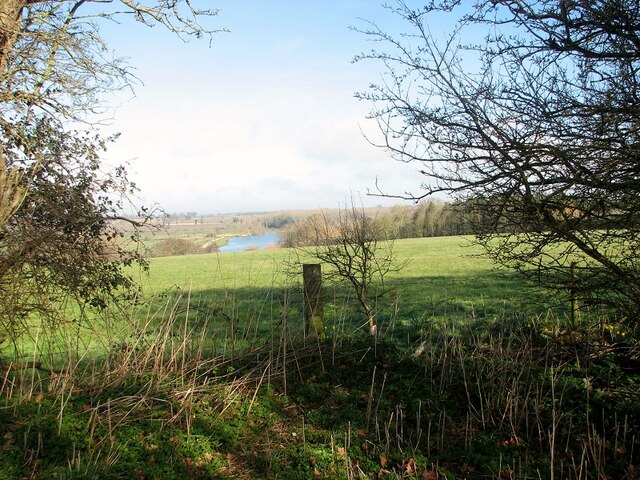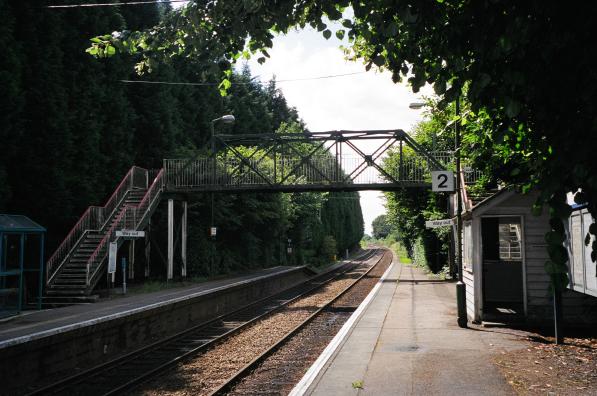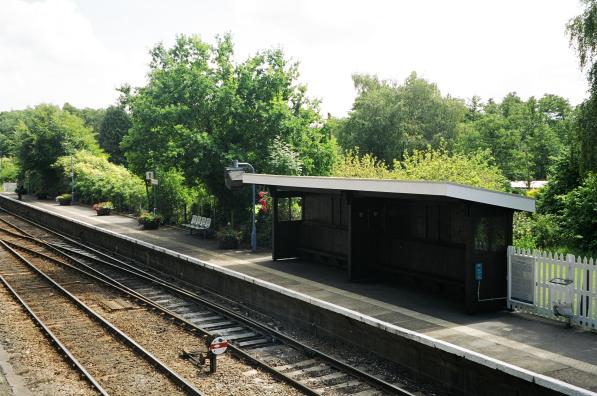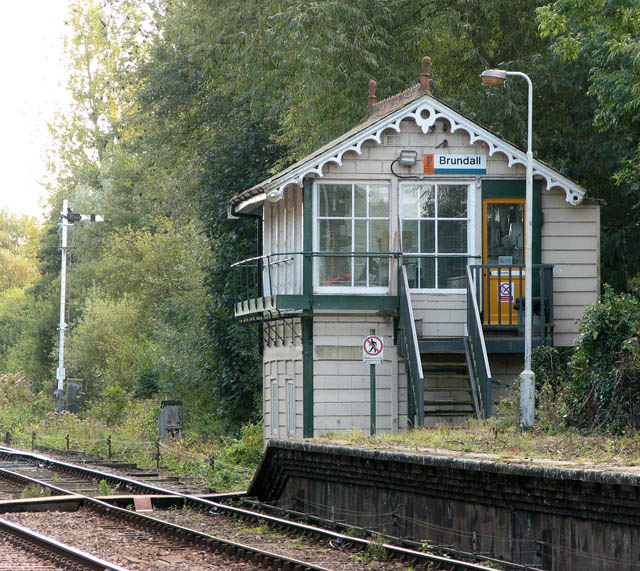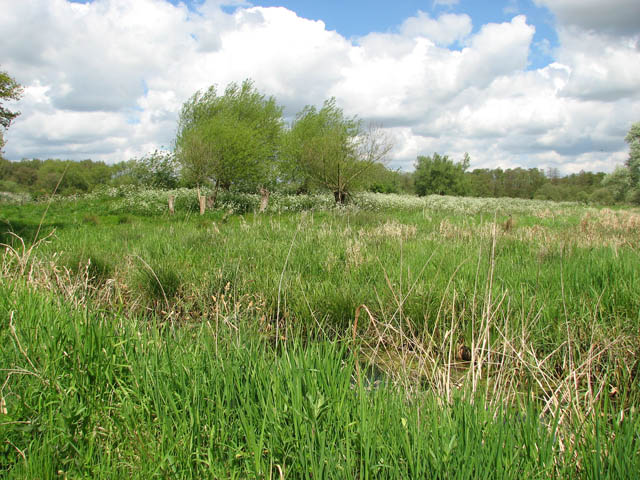King's Fleet
Lake, Pool, Pond, Freshwater Marsh in Norfolk South Norfolk
England
King's Fleet
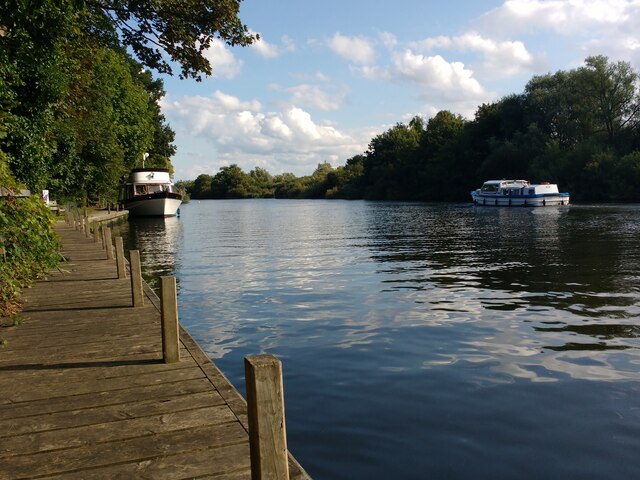
King's Fleet is a picturesque freshwater ecosystem located in Norfolk, England. Spread over a vast area, it comprises a serene lake, a tranquil pool, a scenic pond, and a thriving freshwater marsh. Nestled amidst lush greenery, this diverse habitat is home to a wide array of flora and fauna.
The lake at King's Fleet is a shimmering expanse of water, bordered by gentle slopes and dotted with aquatic plants. It provides a vital habitat for a variety of water-loving creatures, such as ducks, swans, and geese. The tranquil pool, on the other hand, is smaller in size but equally captivating, with its crystal-clear waters reflecting the surrounding trees and sky. This pool attracts various amphibians, including frogs and newts, that thrive in its calm and undisturbed environment.
The pond at King's Fleet is a focal point of the ecosystem, teeming with life. It houses an impressive range of aquatic plants, such as water lilies and reeds, which provide shelter and food for numerous small fish, insects, and invertebrates. This thriving ecosystem supports a diverse community of birds, including kingfishers and herons, that rely on the pond for their sustenance.
Adjacent to the pond lies the freshwater marsh, a vibrant and dynamic habitat characterized by its marshy soil and tall grasses. This marshland is home to an assortment of plant species that have adapted to the wet conditions, such as sedges and rushes. It attracts a variety of bird species, including reed warblers and bitterns, as well as small mammals like voles and water shrews.
Overall, King's Fleet in Norfolk is a haven for nature enthusiasts, offering an enchanting blend of water bodies and wetlands that support a rich biodiversity of flora and fauna.
If you have any feedback on the listing, please let us know in the comments section below.
King's Fleet Images
Images are sourced within 2km of 52.618739/1.4230591 or Grid Reference TG3107. Thanks to Geograph Open Source API. All images are credited.
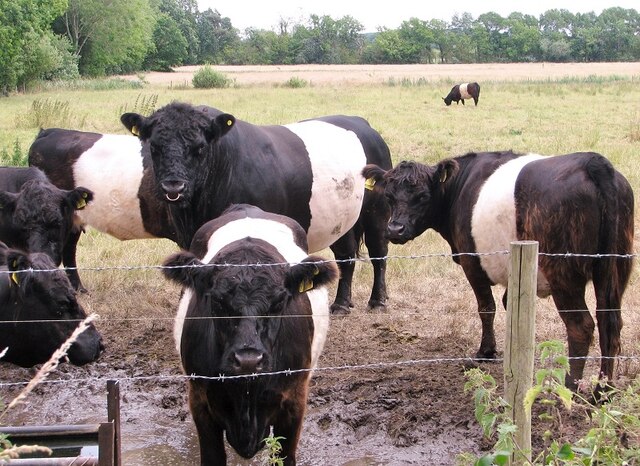
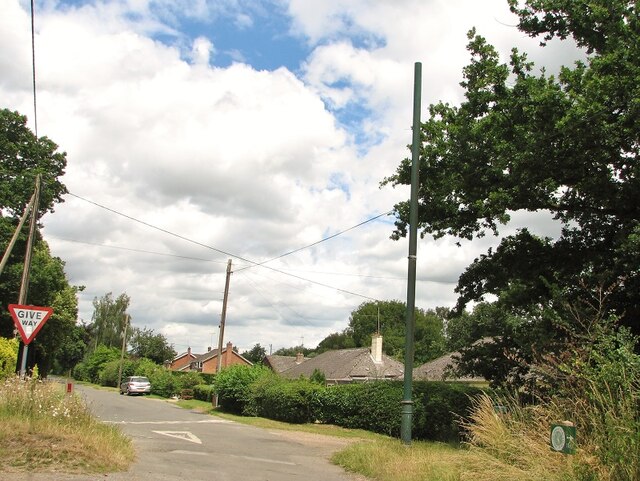
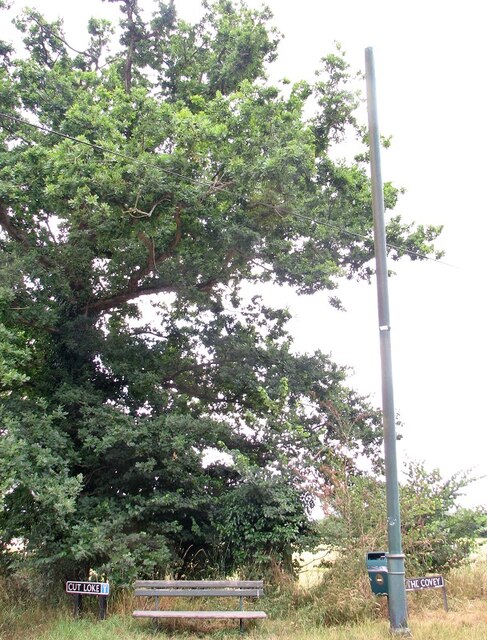
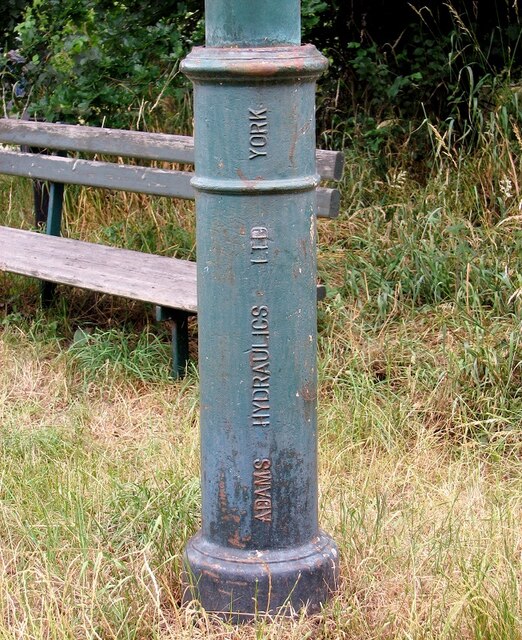
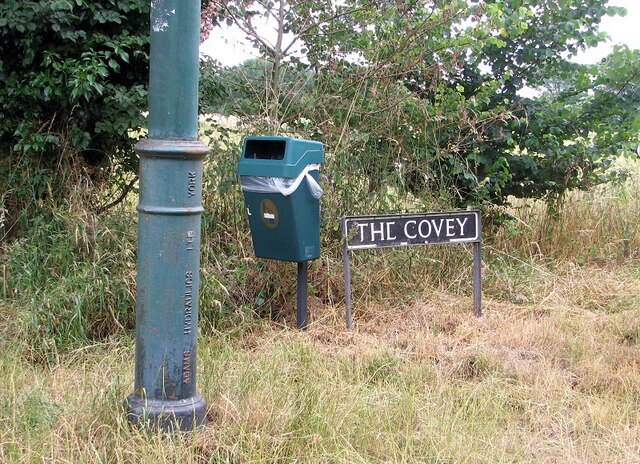
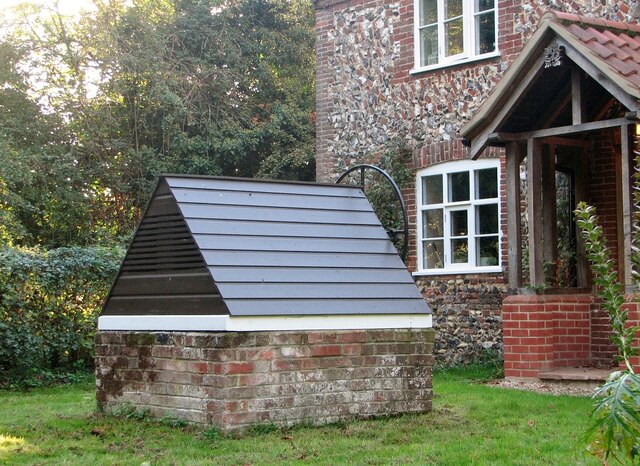
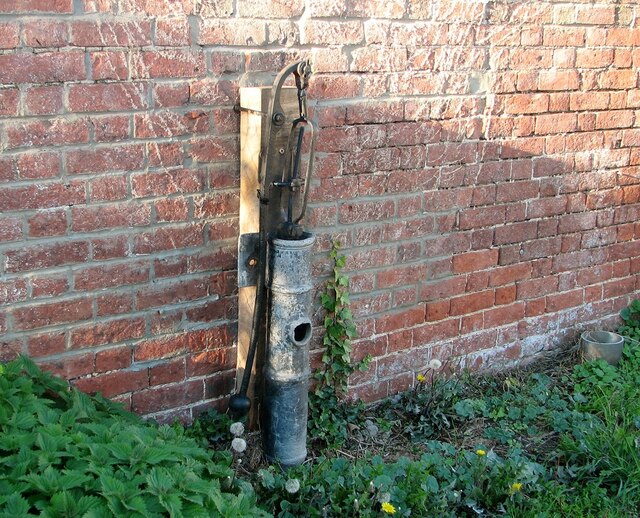
King's Fleet is located at Grid Ref: TG3107 (Lat: 52.618739, Lng: 1.4230591)
Administrative County: Norfolk
District: South Norfolk
Police Authority: Norfolk
What 3 Words
///flesh.exits.body. Near Brundall, Norfolk
Nearby Locations
Related Wikis
Brundall Gardens railway station
Brundall Gardens railway station is on the Wherry Lines in the East of England, serving the western side of the village of Brundall, Norfolk. It is 4 miles...
Brundall
Brundall is a village and civil parish in the English county of Norfolk. It is located on the north bank of the River Yare opposite Surlingham Broad and...
Brundall railway station
Brundall railway station is on the Wherry Lines in the east of England, serving the village of Brundall, Norfolk. It is 5 miles 60 chains (9.3 km) down...
Brundall signal box
Brundall signal box is a Grade II listed former Great Eastern Railway signal box on Brundall railway station in Norfolk, England. Located on the Wherry...
Surlingham Church Marsh RSPB reserve
Surlingham Church Marsh is a small RSPB nature reserve in the Norfolk Broads, England. It is part of Yare Broads and Marshes Site of Special Scientific...
Surlingham
Surlingham is a village and civil parish in the South Norfolk district of Norfolk situated on the Broads in eastern United Kingdom. It lies approximately...
Lesingham House
Lesingham House is a country house in Surlingham, Norfolk, England, part of which was supposedly built in 1655. == History == Lesingham House was supposedly...
Postwick with Witton
Postwick with Witton ( ) is a civil parish on the Broads in the English county of Norfolk, comprising the two adjacent villages of Postwick and Witton...
Nearby Amenities
Located within 500m of 52.618739,1.4230591Have you been to King's Fleet?
Leave your review of King's Fleet below (or comments, questions and feedback).
